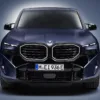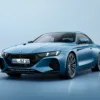After less than two years and exceptional market success in certain Western European countries, the plug-in hybrid Outlander has found its way to this side of the Alps. The wording PHEV on the side and rear means the main distinguishing difference, and it means the plug-in hybrid version, which combines electric and gasoline drive, and the batteries can be charged (also) via a domestic socket.
Plug and hybrid Outlander PHEV has been a big market success in certain markets of Western Europe for some time, because due to significant subsidies from the state, it is completely equal in price to the diesel versions, but it shows environmental awareness of the owner and last but not least, his image. In the Netherlands, which is the most important market for electricity, they sold 15,000 of them in one year, traffic is doing similarly well on the "island", where hybrid Outlanders are significantly ahead of "civilian" diesel ones.
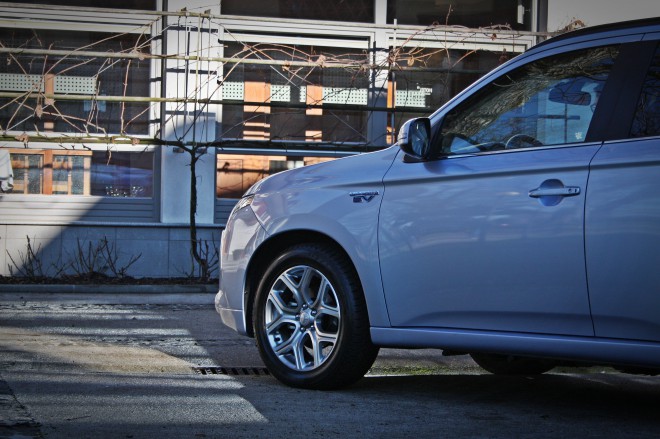
On the outside PHEV it differs from the other versions only in small things, which most people will recognize only if both versions of the Outlander are parked next to each other. In addition to the different front fascia and bumpers, the most obvious difference is the PHEV designation, and part of the standard equipment of the latter are also 18-inch cast rims and LED taillights.
The passenger cabin also tells a similar story to the exterior, as the differences are minimal, the most obvious being the smaller and more futuristically designed lever of the robotic manual gearbox. Despite expectations, the passenger cabin has not lost anything in terms of spaciousness despite the battery pack, only the floor of the rear seats and the bottom of the trunk are slightly higher. 463 liter trunk (it lost 14 litres) so it has a completely flat bottom, even when the divisible bench seat collapses.
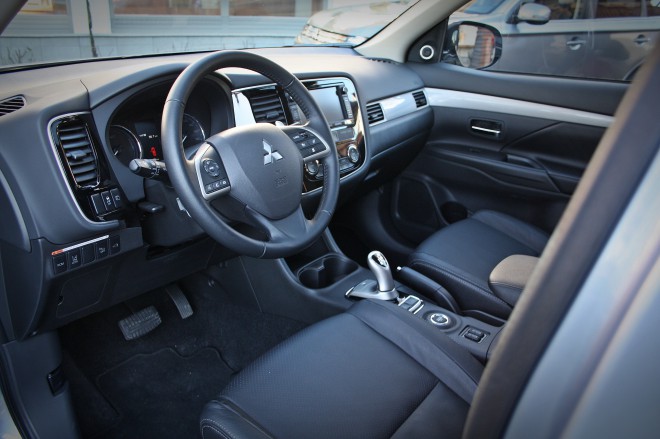
Differences in the passenger cabin also appear in the appearance of the gauges, which are adapted to dual drive and display data regarding the operation of only these. The left driver's meter thus does not show revolutions, but the central one, like the large screen on the center console, nicely displays the data on what energy source you are driving. On the large center screen, you can also get information about the proximity of free charging stations, which also works here.
Outlander PHEV can with help 12 kWh batteries in double bottom transports 52 kilometers just only on electricityoh, when you run out, when you run out of them, you can charge them in 3.5 to five hours via the home socket, and in half an hour via the fast charger (up to 80%).

The drive consists of three motors, two electrics with 60 kW and a gasoline engine with 89 kW maximum power. The latter always drives the front pair of wheels, and one electric motor can take over its role completely or just assist it. The second electric motor is mounted on the rear wheel and with its help the vehicle achieves the advantages of four-wheel drive SUVs. At the same time, there are quite a few modes of operation that switch completely automatically and imperceptibly for the passengers: from electric, hybrid, and in the last resort, the gasoline engine charges the batteries, which then drive the wheels again.
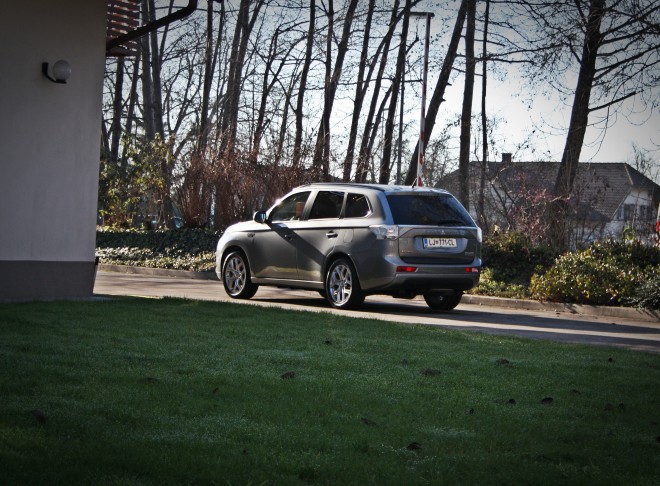
According to factory data, it is the average consumption of an average user 1.9 liters per 100 km or 44 grams emissions CO2 on a 100 km route. In addition to this, in the coming year, customers of the Olutander PHEV will also be able to apply for a subsidy in the amount of 5,000 euros, which will reduce the price from the basic 41,290 (instyle package) and 42,290 euros (instyle+ package), dropped to a much more affordable 36,290 (or 37,290 €), which, like "on the Island", is quite close to the diesel version.
More information:
www.mitsubishi.si/outlanderPHEV


